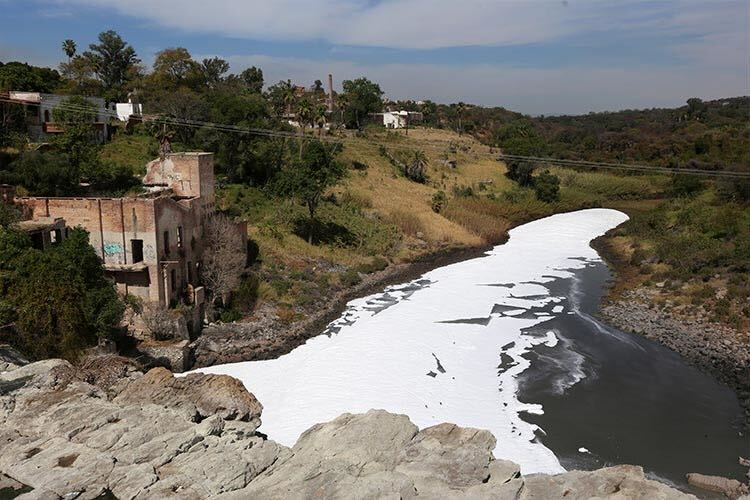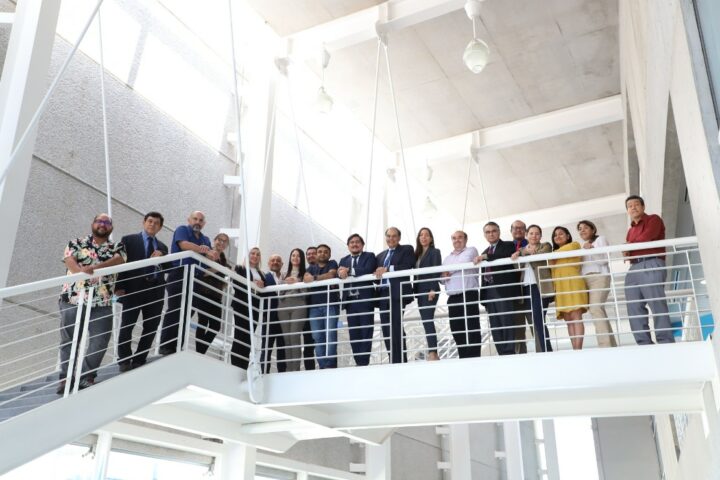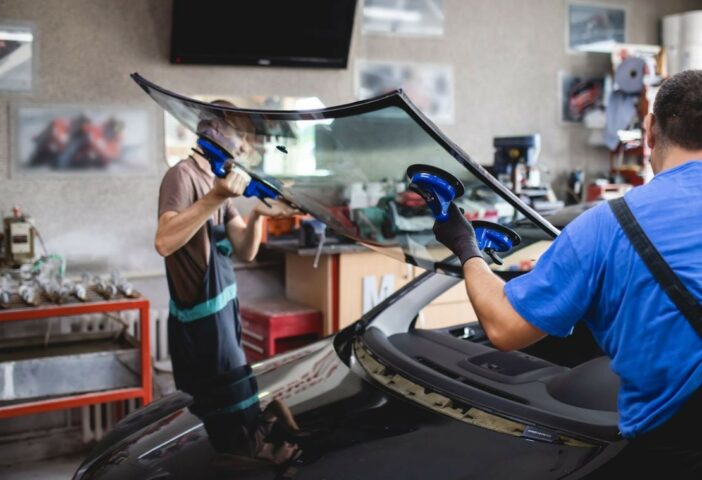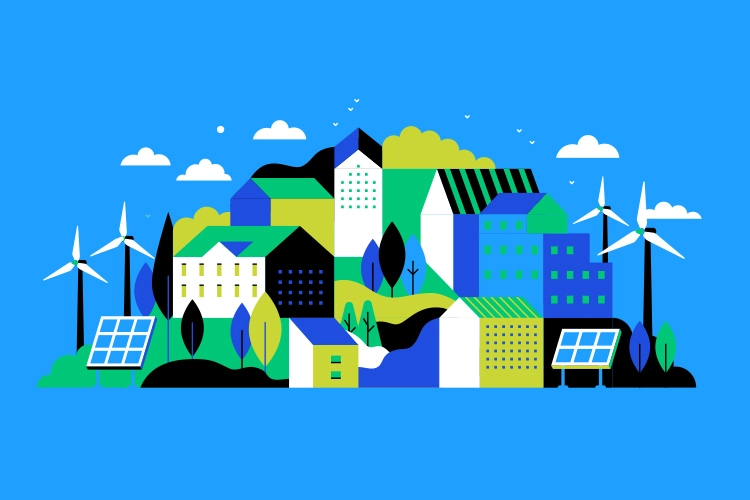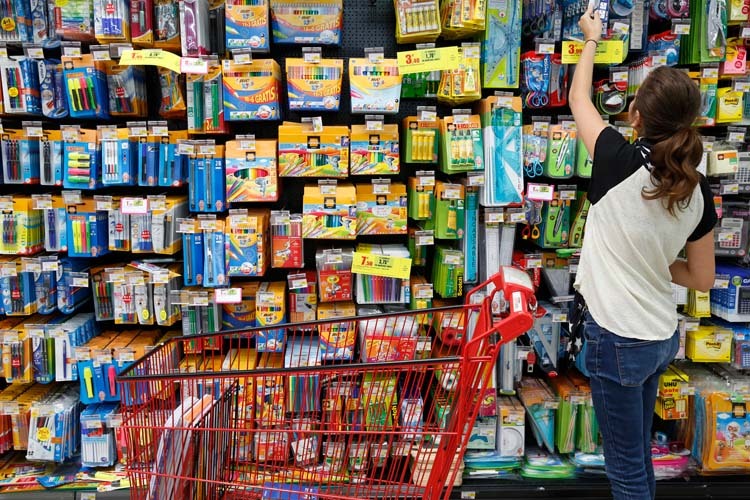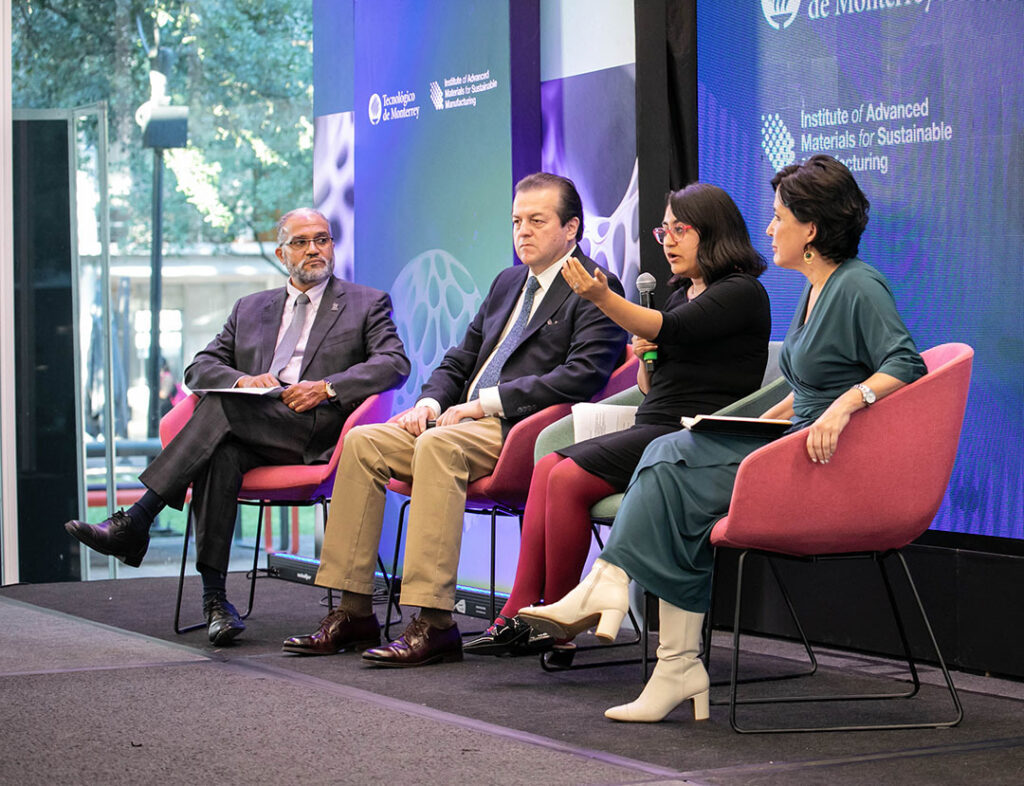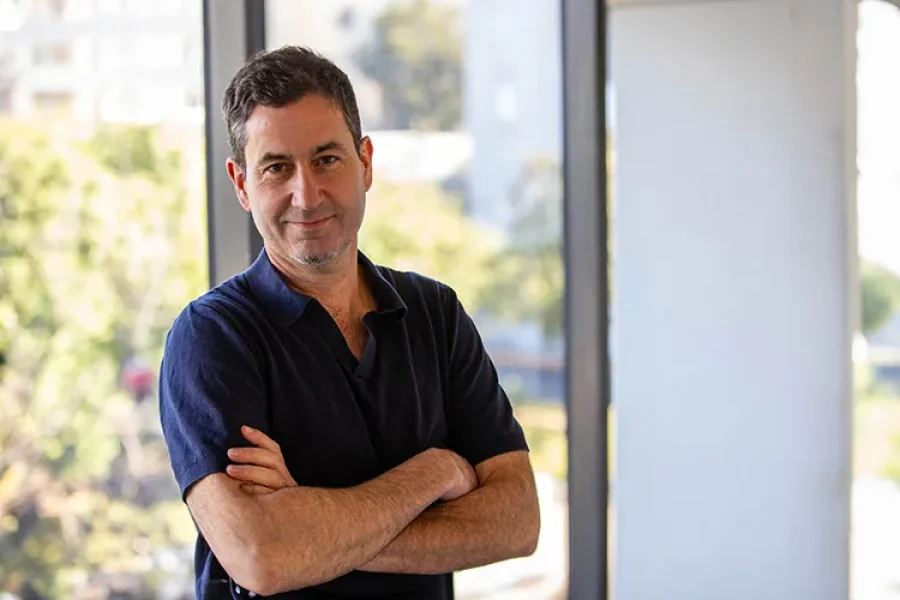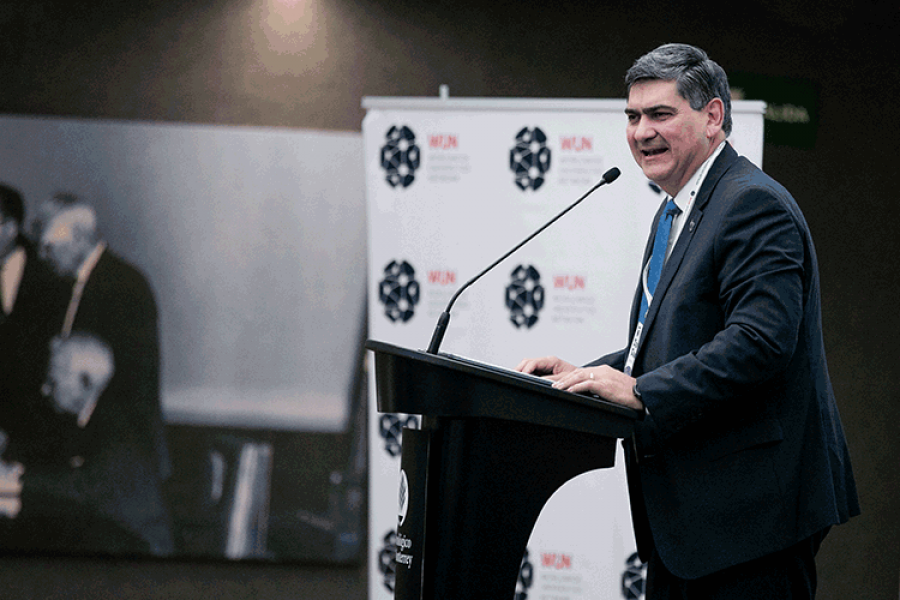Over half of Mexico’s surface water —rivers, lakes, streams, and lagoons— is polluted, and reversing this environmental crisis is no small feat. Economic, political, and social factors complicate restoring these crucial ecosystems. However, researchers are turning to innovative solutions rooted in the circular economy, a strategy that seeks to rejuvenate these waters and transform industrial waste into valuable resources.
Between 2012 and 2018, 58.8% of the 4,202 surface water monitoring sites assessed by Mexico’s National Water Commission through its National Water Quality Measurement Network (Renameca, in Spanish) showed varying degrees of contamination.
Pollution plagues many of the country’s rivers, as industrial and household waste is routinely dumped into them. Some of the most affected are the Lerma Santiago, Atoyac, and Tula rivers. Yet, determining exactly how many others contain harmful compounds remains a challenge.
“Of all the rivers in the country, I don’t think there’s a single one that’s completely free of contamination,” says Isaac Chairez, a research professor at the Institute of Advanced Materials for Sustainable Manufacturing (IAMSM) at Tec de Monterrey’s Guadalajara campus.
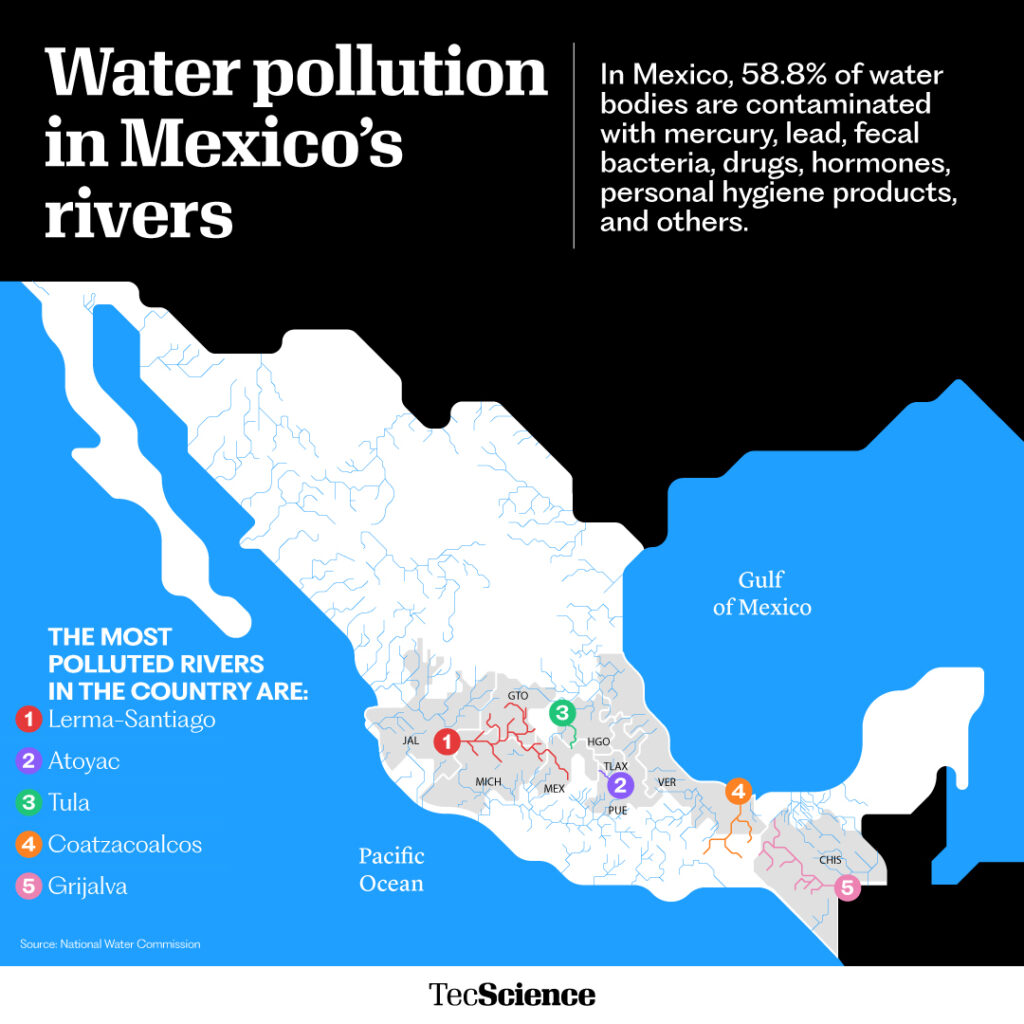
Chairez is part of a team of researchers, including Mariel Alfaro, also from IAMSM, and Arizbeth Pérez from Universidad de La Salle, alongside undergraduate and graduate students. Together, they’ve developed a project to create advanced oxidation reactors that use waste from the metal casting industry to clean polluted water effectively.
In this circular economy approach, waste from one industry becomes the raw material for another, in this case, ensuring clean water for communities. “What we’re doing is using waste to treat waste,” Pérez explains.
An Advanced Oxidation Reactor for Polluted Rivers
The idea took shape when Alfaro engaged with a steel foundry company seeking sustainable uses for its waste. This waste material is known as slag and consists of small rock-like particles rich in metallic oxides.
“For them, it’s a byproduct. But for us, it’s a resource we can repurpose to boost chemical reactions that clean water,” Chairez says.
The reactor they designed consists of a glass container with an internal column packed with slag. Contaminated water is added, along with ozone —a gas made of three oxygen atoms—to trigger an oxidation reaction that breaks down organic pollutants.
Combining ozone and metallic oxides amplifies the reaction, making the water-cleaning process even more effective. “Both ozone and the oxides are highly reactive, so they target organic matter or pharmaceuticals and destroy them,” Pérez explains.
In a recent study, the team tested their reactor on water contaminated with bezafibrate, a medication used to lower cholesterol and triglyceride levels. Their system removed 90% of the drug from the water.
“We’re also working with common pharmaceuticals like acetaminophen and certain contraceptives,” Alfaro notes. The researchers have even developed a machine-learning algorithm to monitor whether the chemical reaction effectively eliminates the targeted contaminants.
“This way, we’re not left in the dark about our process’s efficiency,” Chairez adds.
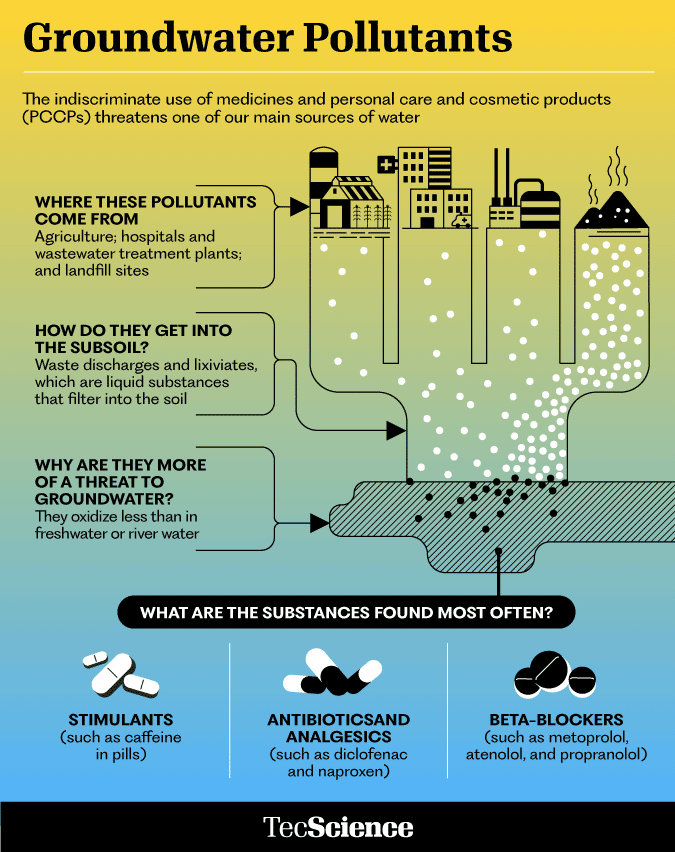
As Simple as a Smartphone
Beyond its role in circular economy practices, the reactor prevents further environmental harm. Foundry slag, when left exposed to the elements, can leach toxic substances into the soil and groundwater during rainstorms.
“For now, we’ve tested it in the lab using water with just one specific contaminant to measure the process’s effectiveness accurately,” Pérez explains.
The next steps involve testing the reactor with more complex contamination mixtures and samples from polluted rivers.
In an ideal future, their work could lead to affordable floating water-cleaning modules powered by solar panels. These devices could be deployed in rivers or treatment plants, helping tackle water pollution directly.
“As researchers, our role is to act as catalysts so that companies interested in water treatment can take our ‘recipe’ and apply it,” Chairez says. “The goal is to make it so simple that it becomes independent of us—something as accessible as a smartphone.”
Planting the seeds to tackle humanity’s biggest challenges is the heart of this team’s mission. “This is just the beginning,” Alfaro says. “Water is the future, and we must find new ways to protect it.”
Were you interested in this story? Do you want to publish it? Contact our content editor to learn more about marianaleonm@tec.mx
